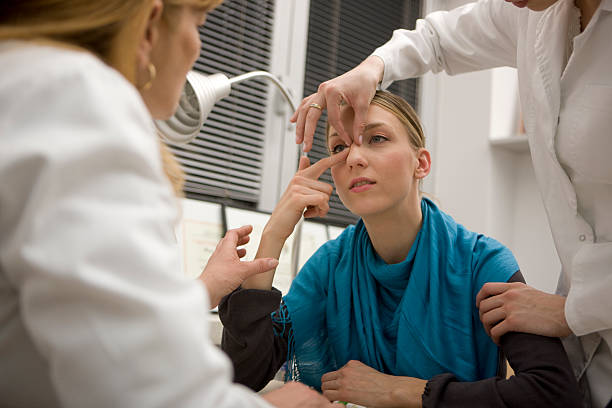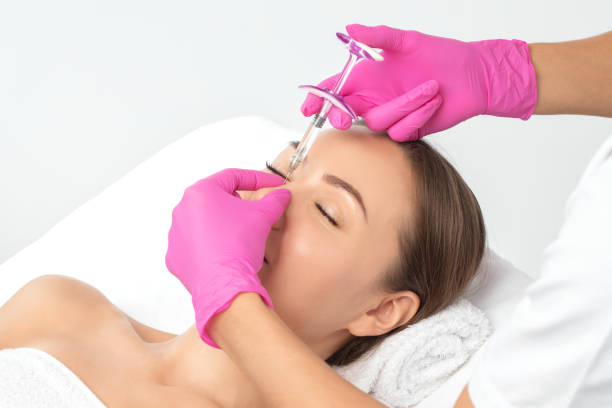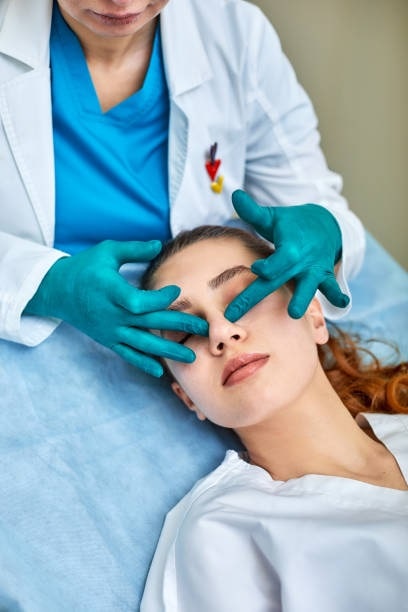Create Yourself From The Scratch: Nose Aesthetics
What Is Nose Aesthetics And Who Can Perform It?
Nose aesthetics, also known as rhinoplasty, refers to surgical procedures that alter the shape of the nose. A rhinoplasty is performed to change the appearance of the nose in order to repair a deformity caused by an injury, correct a birth defect, or improve breathing by treating certain respiratory conditions. Breathing difficulties and physical appearance may both be reasons for rhinoplasty in some cases.
What Is The Exact Structure Of The Nose?
The upper part of the nose is bone, while the lower part is cartilage with a skin-covered structure. It serves an important function in the respiratory system.
How Much Does Nose Aesthetics Cost?
The doctor’s experience is one of the most important factors influencing the cost of rhinoplasty. The cost of hospital selection, materials used, and equipment is also included in the price.
What Is The Procedure For Nose Aesthetics?

Rhinoplasty can replace bone, cartilage, or the skin layer, or all three if necessary. When planning rhinoplasty, other features of the person’s face, the skin in the nose, and what the person wants to change are taken into account. Candidates who are a good fit for nose surgery devise a unique plan for themselves. Nose surgery, like all major surgeries, carries a number of risks. In major surgeries, risks such as infection, bleeding, and anesthesia side effects are always present. There are also risks associated with rhinoplasty. These symptoms include difficulty breathing through the nose, persistent numbness in and around the nose, an uneven nose, pain, persistent discoloration or swelling, scarring, nasal septum puncture, and the need for additional surgical procedures. Those considering rhinoplasty are given detailed information about these risks by the nose surgeon. A meeting between the person considering nose surgery and the doctor is held before proceeding to the planning stage of rhinoplasty to determine whether the surgical procedure will be effective. The person’s medical history is revealed during this interview. The doctor’s most important question will be about the patient’s motivation and goals for having surgery.
The most important detail at this stage for achieving the desired result is the honest expression of wishes and goals. The surgeon will clearly explain to the rhinoplasty candidate what rhinoplasty can and cannot achieve. Following that, gather information on nasal congestion, previous surgeries, and medications used. People who have blood clotting disorders, such as hemophilia, may be ineligible for rhinoplasty. The doctor will conduct a thorough physical examination, including laboratory tests such as blood tests, during this process. He/she will also examine the rhinoplasty candidate’s facial features as well as the inside and outside of his nose. This allows it to be determined what changes need to be made and how physical properties such as skin thickness or cartilage strength at the tip of the nose can affect the outcome. A physical examination is also necessary to determine how rhinoplasty affects breathing. Images of the nose can be taken, and the surgeon can transfer the images to you via computer to show you the possible outcomes. These photos are also used by the rhinoplasty surgeon for pre- and post-operative evaluations, intra-operative and reference long-term reviews. If the rhinoplasty candidate has a small chin, the surgeon may also discuss chin augmentation with him or her. Because a small chin gives the appearance of a larger nose. Chin surgery is not required in these cases, but better facial profile balance can be achieved. After nose aesthetic, patients are usually able to leave the hospital the same day. It’s critical to have someone assist you in getting home, especially if your surgery is outpatient.
Memory loss, slow reaction time, and difficulty making decisions may occur in the first few days following anesthesia. As a result, having a friend or family member stay with the patient for a night or two to help with post-operative care may be beneficial.
What Are The Outcomes Of Nose Aesthetics?
Rhinoplasty is not a simple procedure; on the contrary, it is a very laborious procedure. This is due to a variety of factors. To begin with, the nose is a three-dimensional, complex shape that sits in the center of the face. Although the changes made during rhinoplasty are minor, they can have a significant impact on the appearance and function of the nose. Because these changes are so minor, the error rate is also quite high. Remember that the nose, like the rest of the body, changes over time after surgery. It is difficult to predict when the desired outcome will be achieved. However, most swelling goes away within a year. As a result, even if a second operation is required, it is recommended to wait at least one year.

Is There A Minimum Age For Nose Aesthetics?
Although rhinoplasty is very common, it is not recommended in adolescent patients who have not completed their growth. Although surgery for nasal dysfunction is performed at a young age, it is preferable to wait until the age of 18 for surgeries performed for aesthetic reasons.
What Should A Nose Esthetician Look For?
A thorough examination should be performed by the specialist doctor prior to rhinoplasty. You can request a reference for the technique to be used, three-dimensional modeling, and previous surgeries by scheduling a preliminary meeting with the doctor. This will make the surgery a lot less painful for you. Of course, your trust in the doctor will grow as well.
A beautiful nose aesthetic is the result of a skilled doctor’s nose surgery.
